I am deeply concerned that a project intending to collect plastic from the ocean’s surface, known as The Ocean Cleanup, will sweep up countless floating marine animals–collectively called the neuston–potentially putting whole ecosystems at risk. I’ve raised these concerns in an article for The
On Thursday, The Ocean Cleanup published a blog post in reply to my concerns. I was incredibly hopeful up until this point that they would listen. After all, my efforts to raise awareness have been met with tremendous support from fellow scientists and the general public.
I’m not going to lie, the frustration I felt when reading their response was real and heavy. I love this ecosystem, I wouldn’t be putting myself out there if I didn’t. But their response felt profoundly dismissive, not only of
1) Boyan Slat and The Ocean Cleanup claim floating animals are ubiquitous.
Here are the exact words of their blog post reply, with the exact studies they reference, and what those exact studies actually say.
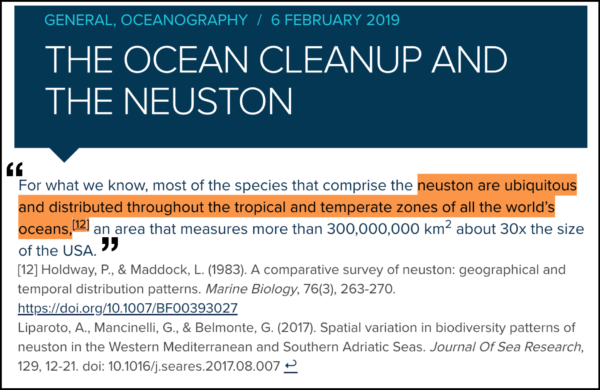
The studies they reference almost immediately prove them wrong. The third sentence of the first study says, “Analyses of neustonic concentration and population structure showed regional and temporal differences in the fauna.” And the second study states: “The present study represents an original insight into the structure of the neuston community in the Mediterranean Sea, providing strong evidence of the spatial variability of its diversity patterns.”
Perhaps The Ocean Cleanup and Boyan Slat meant to point out that some species are mentioned in both papers. But species identification for poorly-known invertebrates is notoriously difficult. Often biologists will unknowingly use the same species name for many similar species. Only when we study them more do we realize our oversight. In fact, two newly discovered blue sea dragons were only described in 2014, before this time they were all called by one name. Even worse, these two species are only found in the North Pacific Subtropical Gyre, exactly where The Ocean Cleanup plans to launch their massive fleet.
To sum it all up? No matter how you look at it, neuston are not ubiquitous.
Now, let’s go a step further.
Why has The Ocean Cleanup been so obsessed with documenting the distribution of plastics in the ocean? Because they know floating objects are not ubiquitous. Why they understand this fact for plastic, yet fail to grasp it for floating animals, is beyond me.
2) Boyan Slat and The Ocean Cleanup claim they will be in only one small spot in the ocean, so they will not have a big impact on floating animals.
But wait, are they admitting they will only clean this small spot of the ocean? No. They are not.
They’re not just working in a small spot of the ocean. They’re working in very special small spots. These spots in the ocean are akin to giant whirlpools, called gyres. Just like the whirlpool in your kitchen sink, gyres spin on a massive scale, concentrating objects at the surface, just like soap bubbles going down the drain. The Ocean Cleanup is focusing on these gyres because floating objects collect in them.
So let’s look at their logic again: The Ocean Cleanup is intentionally working where floating objects are most concentrated. They claim they that they will remove 90% of ocean plastic by 2040, even while working in these tiny
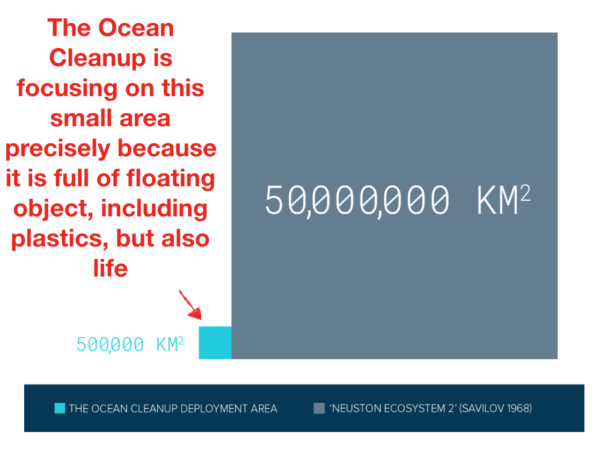
If you are collecting plastic that is continually entering the ocean by using these spots, you will also be collecting neuston even if they are continuously reproducing.
Some animals, like the two new species of blue sea dragon, have only been found in the gyres. Harvest plastic from one gyre, potentially harvest two newly discovered species.
3) Boyan Slat and The Ocean Cleanup claim that floating life likely multiplies quickly, so it’ll be ok.
They justify this by talking about bacteria. It’s true: Some floating bacteria do reproduce quickly. Animals are not bacteria. We do not know how long it takes floating animals to reproduce. But let’s say they do reproduce quickly. Does that mean there is no problem? No.
Quick reproduction may help floating animals overcome destructive storms, which can kill floating life. But storms pass. The Ocean Cleanup’s proposed fleet of 60 systems in the open ocean are not storms. They are intended to be at sea for years. They will not pass.
4) Boyan Slat and The Ocean Cleanup claim they are collecting lots of data on these issues.
But who are the biologists performing this work? I offered to speak with biologists at The Ocean Cleanup nearly a month ago, and was placed in touch with the person who conducted the Environmental Impact Assessment. We had a thoughtful exchange, but he informed me that he’s not part of the actual Ocean Cleanup team, and doesn’t work for them. If The Ocean Cleanup is so open to feedback, why aren’t they actually talking to people with the greatest concerns for the ecosystem?
5) Boyan Slat and The Ocean Cleanup claims also reveal something else:
They knew about floating animals, and they know we need more data, yet they still argue that there is no scientific basis for environmental concern. In his blog
He also attempts to brush aside some of the best information we have: a massive ocean survey of floating animals conducted by USSR scientist Savilov, which shows 7 distinct floating ecosystems, including one unique ecosystem found right where The Ocean Cleanup intends to work. Yet Boyan Slat says that “the validity of using a single, 51-year-old source could be questioned,” before going on to justify why it’s not worth worrying about anyway (because neuston are “ubiquitous”). But this is exactly my point: we don’t have good modern data. Why does The Ocean Cleanup brush off the data we do have?
In summary: The Ocean Cleanup’s claims only reiterate what we already know: neuston are not ubiquitous. Neuston may be concentrated where The Ocean Cleanup wants to work, due to the same physical forces that concentrate plastic. The life cycles of floating animals are poorly understood and The Ocean Cleanup may have major negative consequences on this ecosystem.
Far from alleviating my concerns, Boyan Slat’s reply to my article only increases my alarm. The Ocean Cleanup underestimates the negative impacts they will have and are not looking at the scientific evidence to the contrary.
The concerns of myself and others are very well-founded, Mr. Slat. You may be putting whole ecosystems at

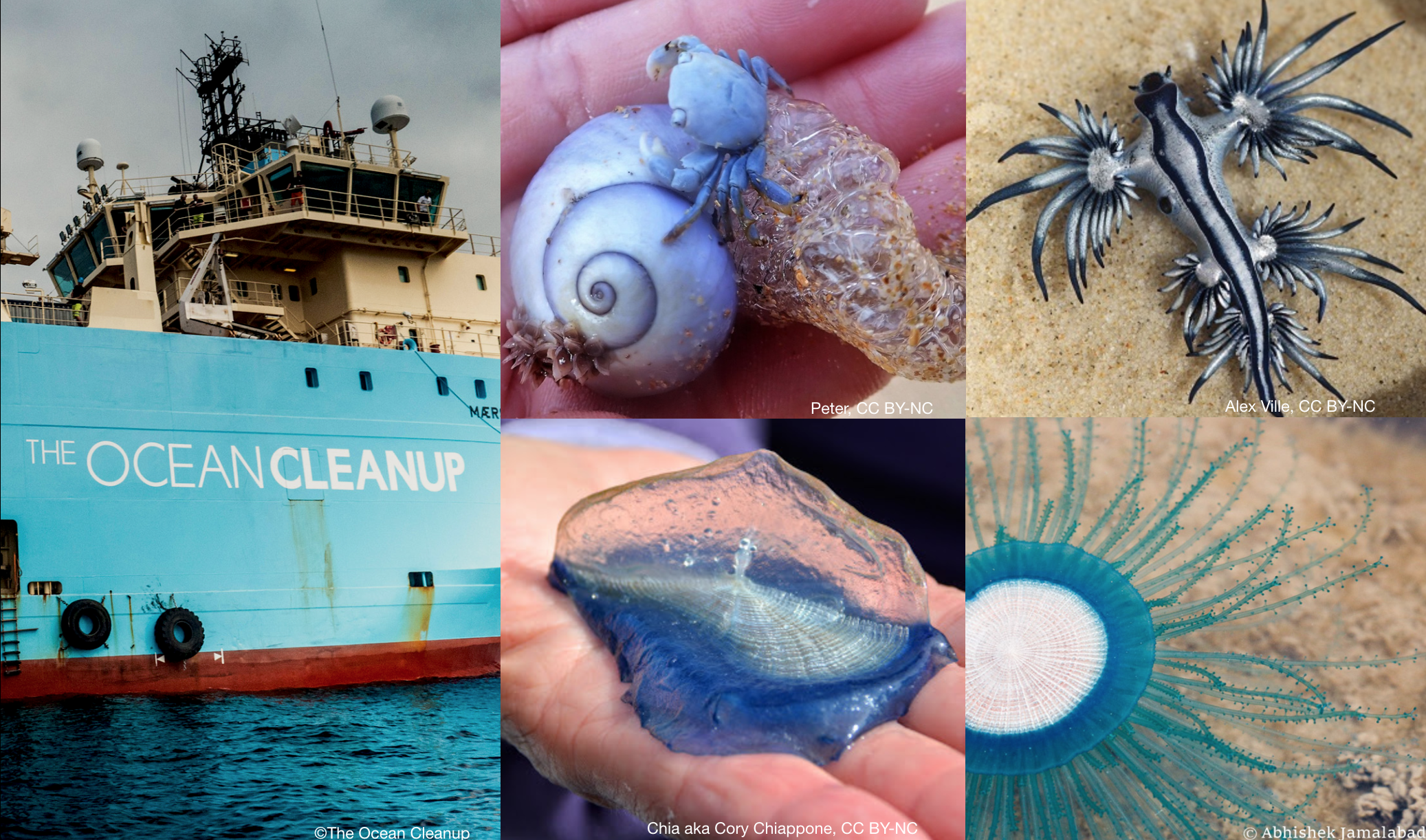
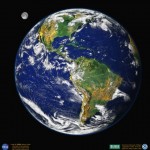


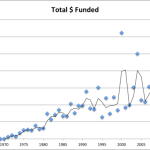

For the sake of the entire ocean and for our beaches, sacrifices must be made. Think of this as humanity’s ‘idiot tax’ for letting our trash situation get this bad.
Thank you for your thought full insight. It might be the only idea he thinks he will ever come up with so he is hanging on to it.
It’s not realistic to expect that no life will be harmed in the mammoth task of cleaning the Earth’s oceans of our own waste. The point is, what will cause more harm to sea life, the abundance of plastic and other waste, or our methods of removing the waste? Clearly the former is the answer. Will some sea life be harmed in our cleaning the ocean? Inevitably. Will we have to make other bitter and hard to swallow changes to heal our planet? Absolutely. We got ourselves into this mess. We don’t have time to be that choosy. We have to get the cleaning done. Minimize the harm to sea life in the process, of course, but keep the broader, longer term ambition in perspective. Accept some of the pain and harm along the way, but let’s get this done as soon as possible.
But who must pay the idiot tax? The animals that live out there?
This is why I propose moving their systems closer to shore, where plastic is more concentrated and easy to catch. I dont’ want plastic in the oceans any more than they do, but we should harvest plastic at the potential cost of an ecosystem. That price is too great to pay.
The Ocean Cleanup seems to want it both ways. They claim that your concerns are based upon old data, but they don’t seem interested in truly understanding this complex and under-sampled ecosystem. In fact, ignorance of the system benefits the stated goals. If you don’t know what you are going to harm, then what are you harming? Sorry that’s the cynic in me.
Beyond the unfortunate dismissal by TOC to serious scientific concerns or inquiry, the whole idea seems ludicrous. For example, they have spent $30million+ and have little to show for it. And furthermore, if they were really interested in plastic pollution, which is a problem but less so than ocean acidification or warming, why don’t they focus their efforts near the source of the problem such as rivers or at least near coastlines? I sympathize with you because you have expressed this criticism repeatedly.
Keep up the good work, I appreciate your efforts to shed light on the valid concerns surrounding this high profile, scientifically dubious project.